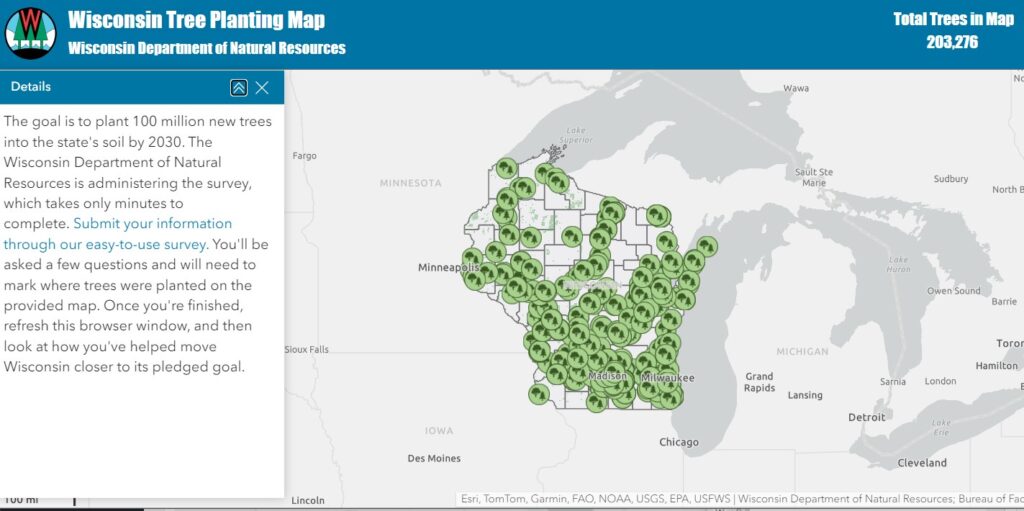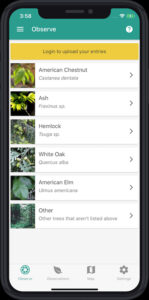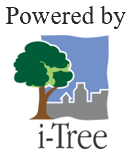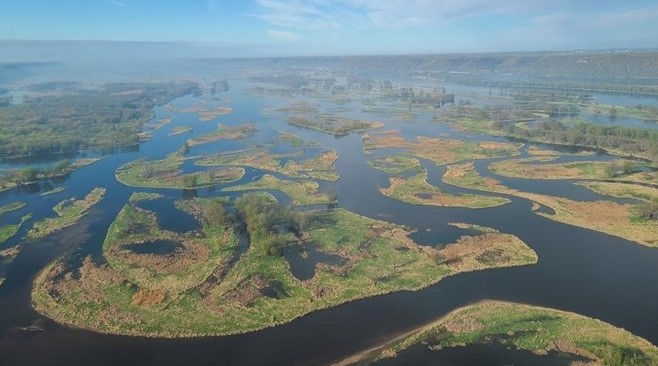By Dan Buckler, DNR Urban Forest Assessment Specialist
Daniel.Buckler@wisconsin.gov or 608-445-4578
Urban Tree Canopy (UTC) assessments using aerial or satellite imagery have been one of the primary ways people estimate the extent of urban forests across an area of interest, whether it be a single park, a streetscape or a whole community.
Two recently released UTC resources are ready for use by Wisconsin communities and urban forestry practitioners. The first, TreeCanopy.us, is a mapping application that shows UTC and other land cover in urban areas across the country for 2017 and 2022. It also shows changes in canopy cover between those five years. Continue reading “New Tree Canopy Resources Released”


 Tree City USA is an annual recognition program presented by the Arbor Day Foundation that allows communities to publicly demonstrate their continued commitment to the care of their local urban forest. Returning Tree City USA communities are also eligible to apply for Growth Awards. These awards recognize community forestry programs that go above and beyond the four core tenets of Tree City USA.
Tree City USA is an annual recognition program presented by the Arbor Day Foundation that allows communities to publicly demonstrate their continued commitment to the care of their local urban forest. Returning Tree City USA communities are also eligible to apply for Growth Awards. These awards recognize community forestry programs that go above and beyond the four core tenets of Tree City USA.
 The Urban Forest Improvement Program, funded by the Inflation Reduction Act and the USDA Forest Service’s Urban and Community Forestry Program, provides grants to help organizations benchmark their urban or community forests against the Sustainable Forestry Initiative (SFI) Urban and Community Forest Sustainability Standard.
The Urban Forest Improvement Program, funded by the Inflation Reduction Act and the USDA Forest Service’s Urban and Community Forestry Program, provides grants to help organizations benchmark their urban or community forests against the Sustainable Forestry Initiative (SFI) Urban and Community Forest Sustainability Standard. Tree City USA Interactive Map
Tree City USA Interactive Map The trees on school properties mirror those of the surrounding urban forest in composition but not in coverage.
The trees on school properties mirror those of the surrounding urban forest in composition but not in coverage. The Wisconsin Climate and Health Collaborative, a group of climate and health professionals from across the state working to create a healthier climate, people and communities through local action, wants to learn from you and your community! Take this short
The Wisconsin Climate and Health Collaborative, a group of climate and health professionals from across the state working to create a healthier climate, people and communities through local action, wants to learn from you and your community! Take this short